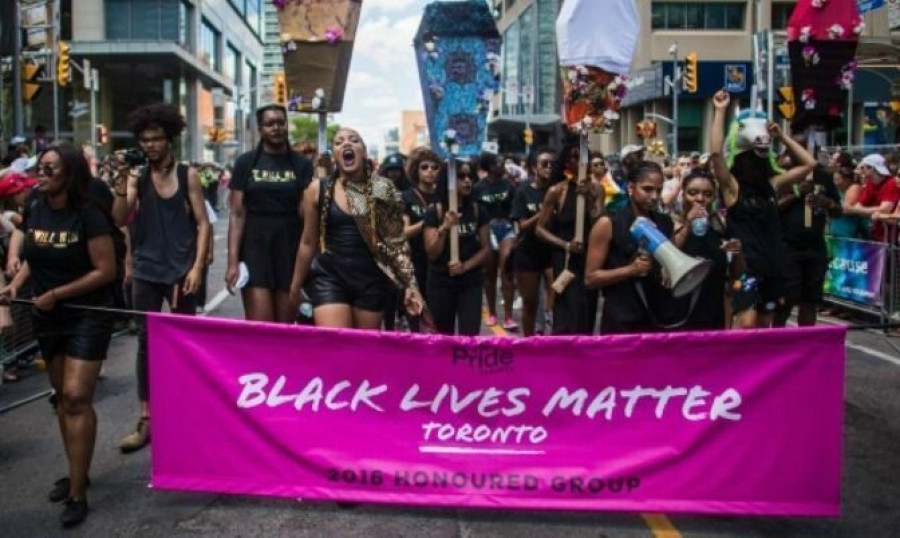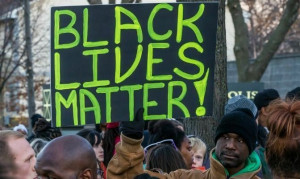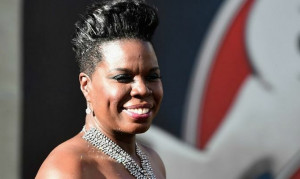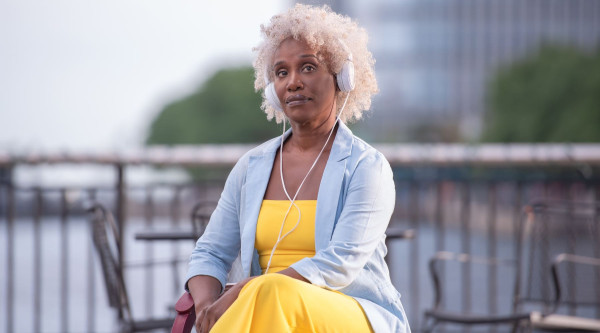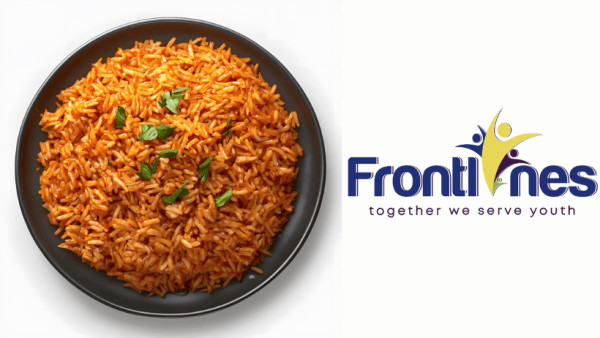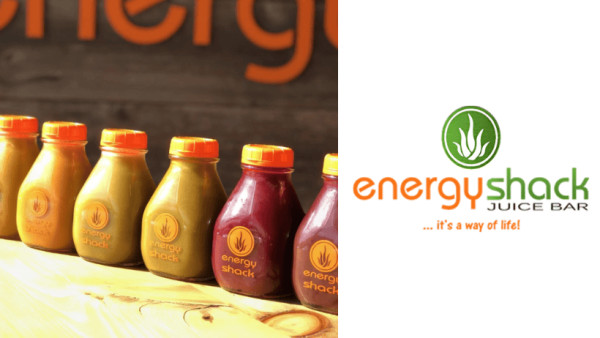What is very important to note are the widespread conversations being had because of this demonstration, which Black Lives Matter Toronto (BLMTO) is very effective at creating and accomplishing among many other things.
The BLMTO sit-in was a coming together of communities of under-represented voices within the Lesbian, Gay, Bi, Trans, Queer (LGBTQ) community in - but not limited to - Toronto. It was a peaceful demonstration of long-standing solidarity between Indigenous 2-Spirit communities, Latinx communities and Black communities, which all share overlapping experiences of oppression which tie back to the days of colonial contact.
While much of the conversation surrounding the sit-in is around police presence at the parade, we must not forget the other 89% of demands BLMTO outlined and the reasons behind them. That only reinforces the same pattern of the voices of those most marginalized being out shadowed by the state and those in influential power.
BLMTO's demands were collectively created by Black Queer community members from various groups. Black Queer Youth (BQY) - one of the programs of Supporting Our Youth (SOY), which offers many groups for LGBTQ youth under 29, Blackness YES! - the group who puts on Blockorama/Blocko - the stage which highlights Black artists at Toronto Pride, which also is the largest and most populated stage, and Black Lives Matter Toronto, where many of its co-founders and much of its supporters identify as being LGBTQ.
I have been a member of BQY for ten years and was at this community consultation meeting. Having attended Blocko for eight years and performing there for four, I was there year after year when Blackness YES! came to BQY to network and share the same story of Pride Toronto cutting funding to the Blocko stage or moving it to smaller spaces and expecting to support the same overwhelming number of attendees; ultimately not seeing value in supporting a safer space for Black LGBTQ people. Blockorama has been having these same conversations in various spaces for eighteen years and little has changed.
The BQY stage, which was in its fourth year and was listed as a Pride Toronto event, also had its funding cut from Pride Toronto and this year, was the only stage out of the way of Pride Toronto festivities. It took place on Ryerson campus because BQY received funding and space allotment from a Ryerson student union. This left youth and attendees out of the reach of Pride Toronto security and the Pride crowd which again, pushes those who are already marginalized back into the margins and doubles that reality from what they experience from mainstream society on a day to day basis.
In terms of Black Lives Matter Toronto and their long-standing commitment to raise awareness around issues of police brutality and police accountability, organizers have clarified that they do not wish to exclude police from Pride but want to start the conversation around if police should be armed and uniformed while participating. This is very important because it brings to light the discrepancies of communities within the LGBTQ community who feel protected by police at the expense of others. These are often but not limited to white, middle to upper class, cisgender men and women, at the expense of usually Black, Indigenous and People of Colour who may be cash poor or working class, disabled, Trans or Non-Binary and/or sex workers who don't feel the same safety with overwhelming police presence at Pride. This is because those same uniforms are often used to enact and justify violence to those same bodies in other spaces with little to no accountability.
Historically, Pride began as a riot against police enacting raids on LGBTQ bathhouses. Raids happened in Toronto in 1981 and as early as the 1990's, (the latter of which Toronto Police have yet to take accountability for in their recent apology), but Toronto Pride usually commemorates the weekend of the Stonewall Riots of New York City in 1969. It is for this reason and for the many political acts LGBTQ communities have used across North America to resist homophobia and transphobia that we continue to have reasons to celebrate Pride. The sit-in from Black Lives Matter was a collective demonstration from Black individuals in the LGBTQ community who aimed to highlight Anti-Black racism that permeates the LGBTQ community, while holding Pride Toronto accountable for the ways in which it maintains Anti-Black racism through its own programming, hiring practices and funding. They brought to light how they as an organization can combat these reinforcements and work to provide more adequate space to be able to celebrate our Pride; spaces which are certainly not culturally exclusive, but are culturally influenced.
What BLMTO did was keep Pride political. They used the opportunity they were given as Honoured Group to do what they do best - use peaceful and artistic demonstration to organize and highlight the ways in which organizations maintain Anti-Black racism and ways these organizations can be held accountable. Most of the members and supporters hold intersections of Blackness and Queer/Transness which makes their lived realities unique in how they experience various forms of oppression, and they are going to continue making visibility for themselves. In the words of one of BLMTO's co-founders, "We made space for ourselves at Pride in a place we have been erased."
